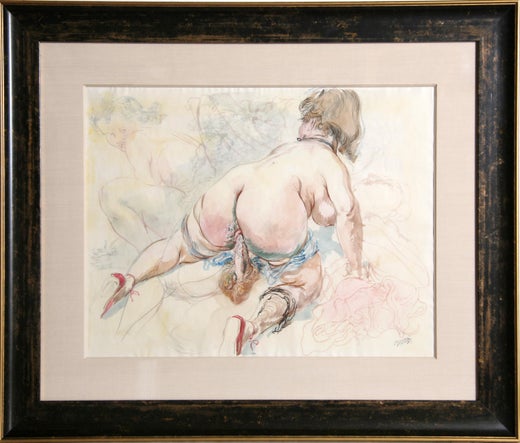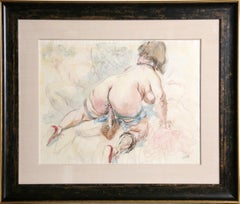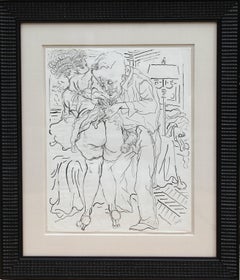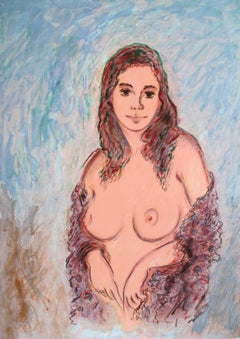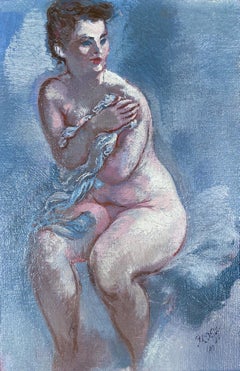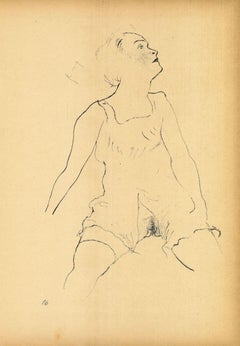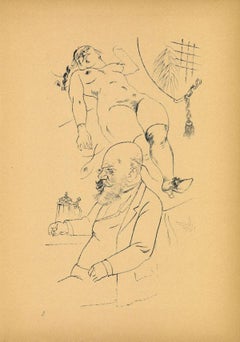George GroszAroused, Erotic Painting by George Grosz 19401940
1940
About the Item
- Creator:George Grosz (1891-1969, German)
- Creation Year:1940
- Dimensions:Height: 36 in (91.44 cm)Width: 30 in (76.2 cm)
- Medium:
- Movement & Style:
- Period:
- Condition:In very good condition.
- Gallery Location:Long Island City, NY
- Reference Number:1stDibs: LU46614221602
George Grosz
George Grosz was a German artist known especially for his caricatural drawings and paintings of Berlin life in the 1920s. He was a prominent member of the Berlin Dada and New Objectivity group during the Weimar Republic. Grosz studied drawing at the Dresden Academy (1909–11) and at the School of Arts and Crafts in Berlin (1912–14). He was in the army from 1914–15, and again for a short time in 1917, but spent the rest of the war in Berlin, where he made violently anti-war drawings, in which his main focus was attacking the social corruption of Germany (capitalists, prostitutes, the Prussian military caste, the middle class). His artworks had great impact in the Berlin Dada movement, 1917–20, and collaborated with John Heartfield and Raoul Hausmann in the invention of photomontage.
Many of Grosz’s drawings were published in albums (Gott mit uns, Ecce Homo, Der Spiesser-Spiegel, etc.), and he was subject to prosecutions for insulting the army and blasphemy. He visited the United States in 1932 to teach at the Art Students League, New York, and settled there in 1933. In the latter part of his career, he tried to establish himself as a pure painter of landscapes and still life, but also painted many compositions of an apocalyptic and deeply pessimistic kind. His role in the Berlin Dada movement affected political outlooks and artistic developments not only in Germany, but also in Russia, the Balkan nations, and parts of France.
Grosz's penetrating, darkly humorous style of drawing and his use of satire as a weapon left a deep impression on the work of his contemporaries and the artists of the next generation. Some of his works from the early 1940s, particularly during World War II, do present an allegorical and dramatic representation of Grosz's moral perspective regarding war. Additionally, some of his last pieces from 1958 were photomontages, and hearken back to his earlier Dadaist aesthetic and message, passing judgment upon consumerism and suggesting that his absorption with American culture had ended in disappointment. In 1959, Grosz sold his house and moved back to Berlin. He died shortly after his return, after a fall down the stairs.
- ShippingRetrieving quote...Shipping from: Long Island City, NY
- Return Policy
More From This Seller
View All1940s Expressionist Nude Drawings and Watercolors
Ink, Watercolor
1940s Expressionist Nude Drawings and Watercolors
Ink
1980s Impressionist Nude Prints
Lithograph
1950s Surrealist Nude Prints
Etching
1970s Surrealist Figurative Paintings
Gouache
1980s Modern Nude Prints
Lithograph
You May Also Like
20th Century Expressionist Figurative Paintings
Oil
1920s Expressionist Figurative Prints
Lithograph, Offset
1920s Expressionist Figurative Prints
Paper, Lithograph, Offset
1920s Expressionist Portrait Prints
Lithograph, Offset
1910s Expressionist Figurative Drawings and Watercolors
Paper, Ink, Pen
1920s Expressionist Figurative Prints
Lithograph, Offset
Read More
Romare Bearden’s Humanity Infuses His Bright, Bold Art
Through collage, painting and printmaking, the artist foregrounded Black life in America in revolutionary new ways.
Chryssa’s 1962 Neon Sculpture Was Way ahead of the Art-World Curve
By working with lettering, neon and Pop imagery, Chryssa pioneered several postmodern themes at a time when most male artists detested commercial mediums.
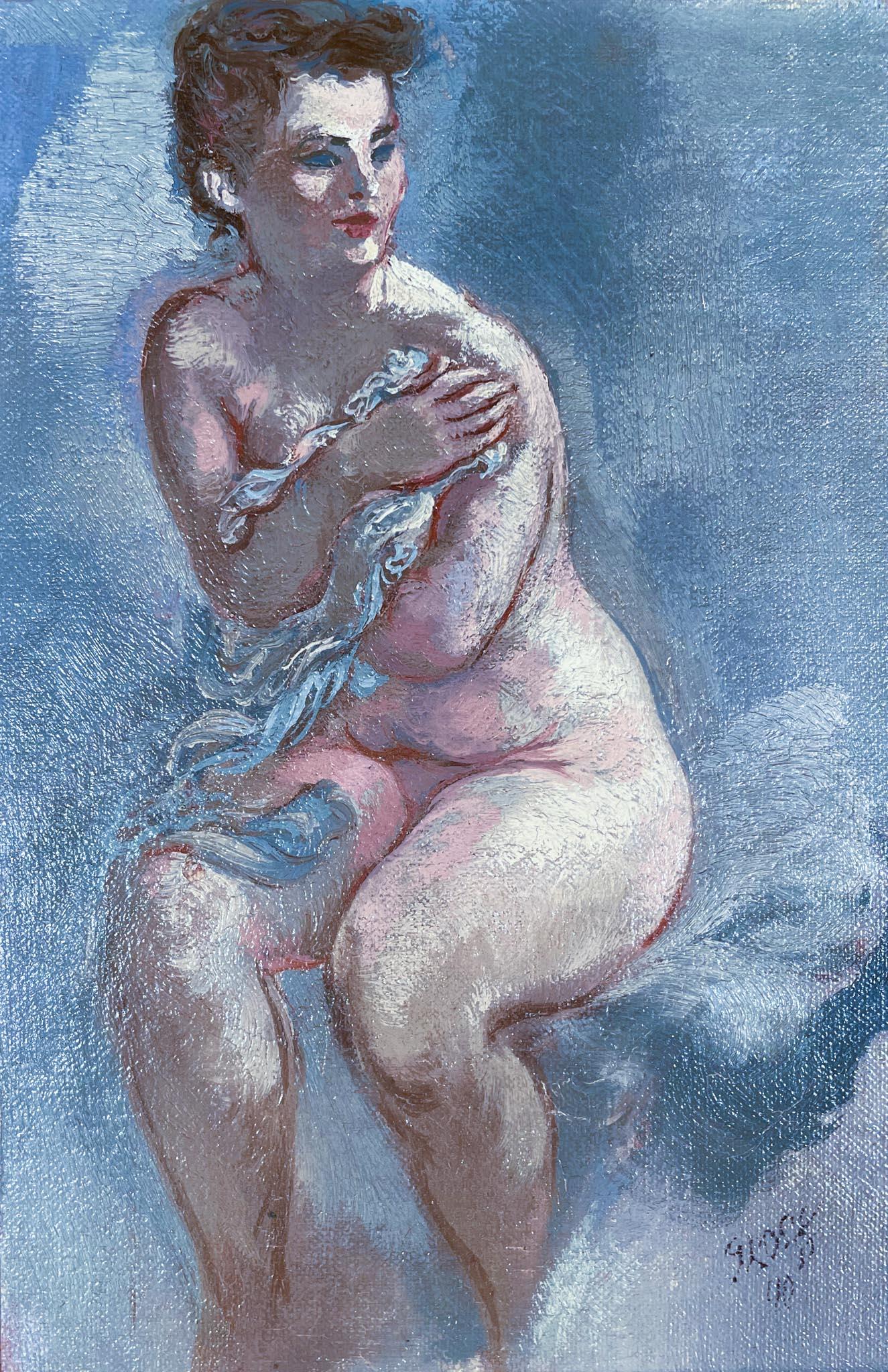
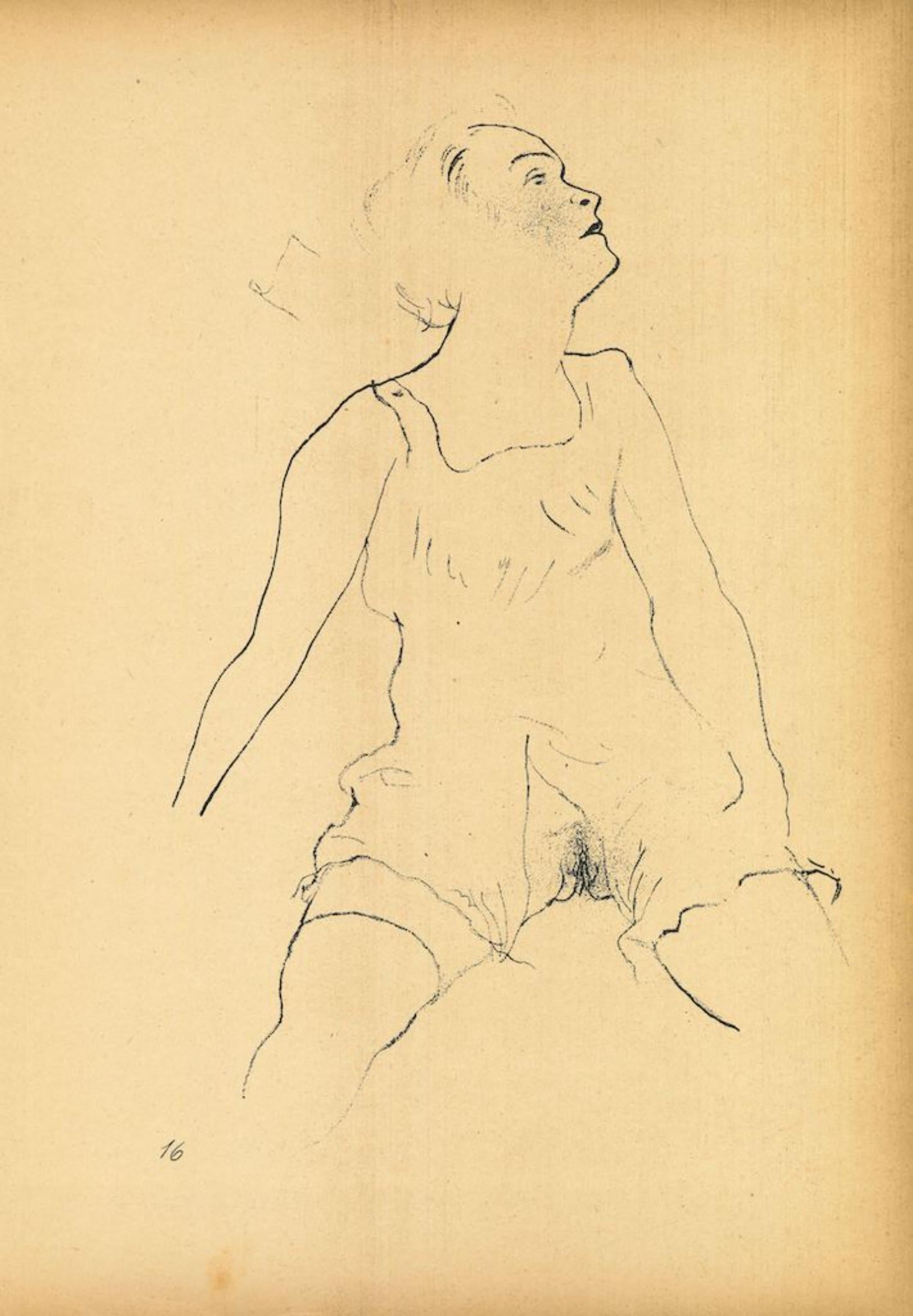
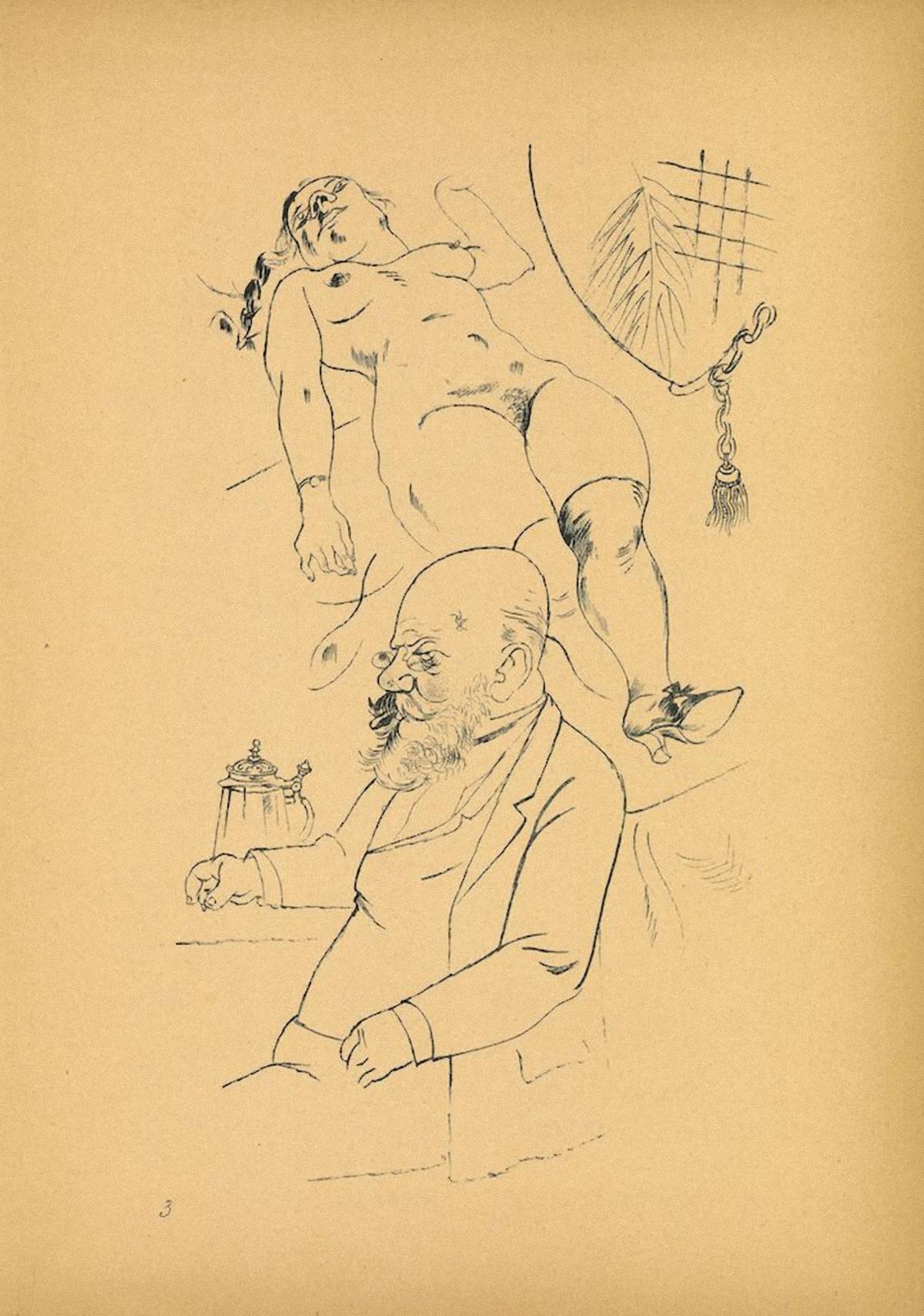
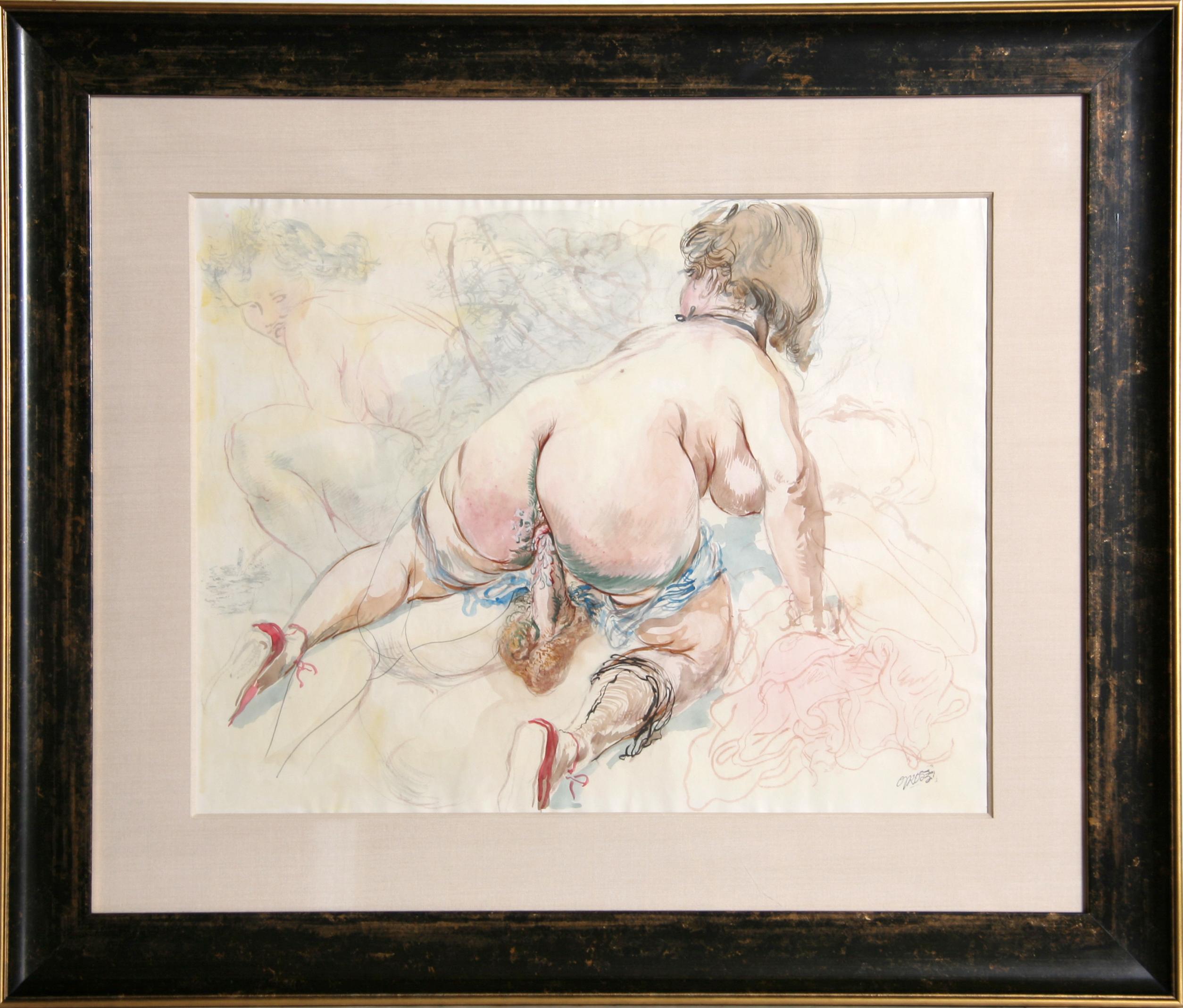
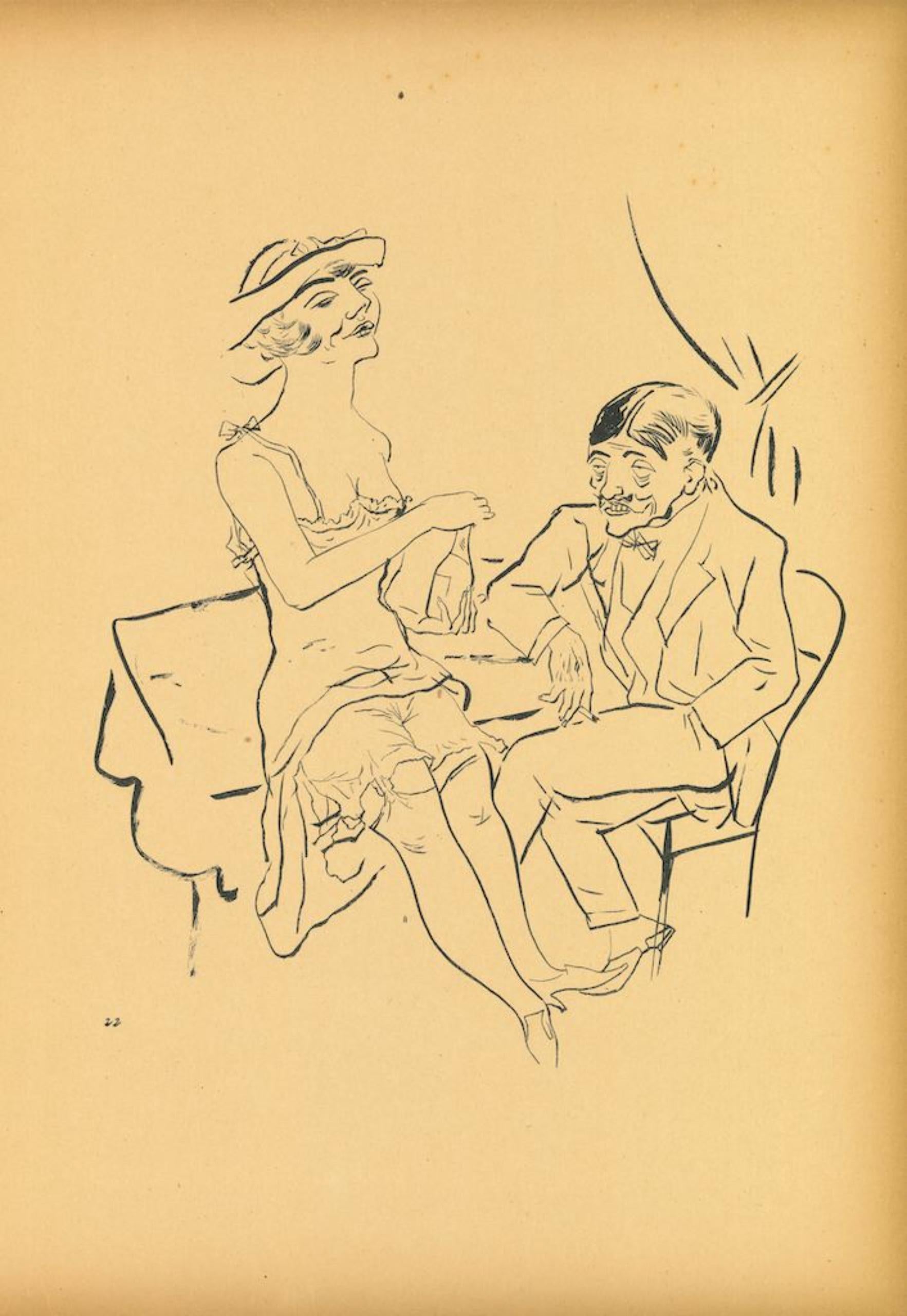
!["In der Loge" [In the Lodge]](https://a.1stdibscdn.com/a_28452/1748465947797/109976_1_master.jpg)
